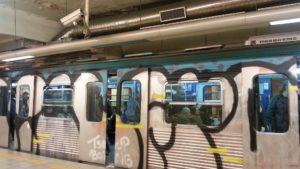
In the old Omonoia subway station the future is now and it’s pale blue.

Good tourists take nice photos and edit them. Nomads never have the time.

In the old Omonoia subway station the future is now and it’s pale blue.
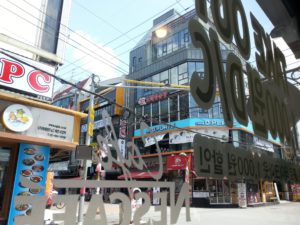
Flashbacks of basking in the weekend streets of Gung-dong. One of the many dense nightlife areas. All them being countless cafes, bbq’s, chicken places, karaoke and video rooms, arcades and cosmetics shops thrown together in the midst of old residential areas.
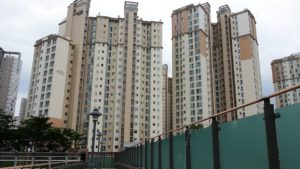
Outworldly new residential areas. But never too far away from the above-mentioned.
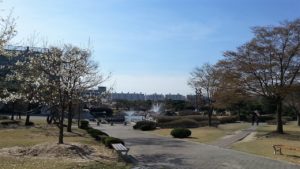
My visions of spring under way in the campus of KAIST polytechnic.
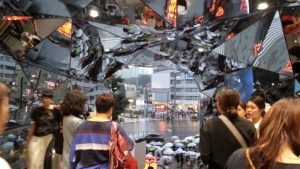
The top tip is: just go. It won’t be the futuristic Babylon that you expected but more the projection of the 80s which dreamt of it, and it will be unparalleled (also might not stay this way forever).
Walking down some well-documented neighborhoods -Shibuya, Akihabara, Ikebukuro, Shinjuku and the like- is enough to dose you on vertical neon, food stalls, high fashion, sararimen, shrines, crazy trinkets, nylon umbrellas. Assuming you’ll evening stroll through one or two of those, here are a few extra, focused, things to look up or under for.
~ * ~ * ~ * ~ * ~ * ~ * ~ * ~ * ~
Yokocho alleys
Alleys jammed with tiny izakayas, real sararimen nests.
Celebrated ones: Piss alley in Shinjuku, Nonbei in Shibuya, around and under the railway bridge at Shimbashi.

The artificial islands and the bay
Where you realize that everything solid in your field of vision is manmade.
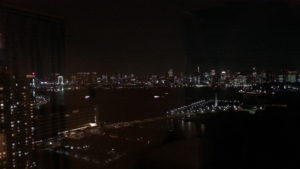
Radio Center electronics mall
Radio Center is a sensation. A small passage close to Akihabara metro station (35.698316, 139.771861). And an old, half-used, three-storied narrow building next to it. Grab it while you still can.
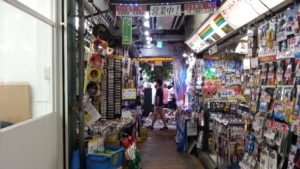
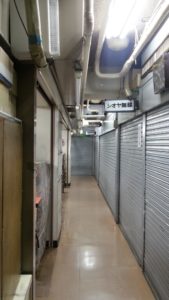
Read on for artificial skies, vanishing rivers and more bittersweet fluff.
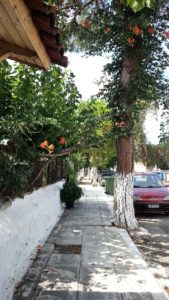
Strolling in Eretria, Evia island.
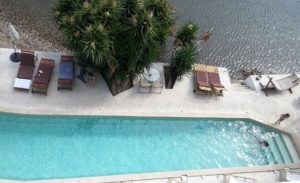
Detaching in Amarinthos, outskirts of Eretria.
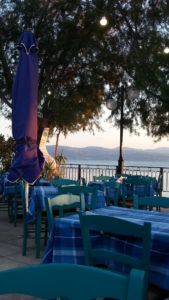
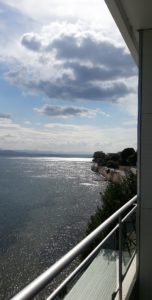
Sometimes I have postcard memories.
Everything below comes from gladly living in South Korea in 2015-17; also from being frequently asked lately if I wasn’t afraid to be there. (A hypocrisy in the media’s way of presenting things was not without its role, either.)
tl;dr: A Korean acquaintance told me that if North Korea didn’t develop nuclear weapons USA would have already invaded it.
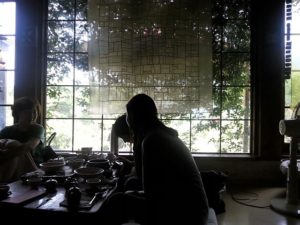
* South Koreans never speak bad about “the North”.
(Well, at least they never do to foreigners!)
They are disapproving of the regime, of course, but they don’t view North Korea as an enemy. Mostly as the lost half of their country.
(…and with this I don’t mean “the half which has to be taken back”.)
* South Koreans don’t worry about attacks, yes, no matter what the media tell you if I may say so.
People outside asked so many times if everything was alright and if the public was panicking, and every time it felt comical to everyone inside. The reason is that both governments behave the same way (see below) and that neither side is willing to break the equilibrium of many years.
Disclaimer: That was the situation while the undersigned was there. She doesn’t know about recently, but she’s ready to take bets that they worry more about the Trump than about the Bomb.
* The South Korean government prohibits speaking good about the North.
Two years ago an American author was expelled after saying that beer is better in North Korea. http://bit.ly/2yfPtdy
Oh, by the way, three years ago the only parliamentary leftish political party was shut down for alleged ties to the North. http://lat.ms/2xqZZtT
Once, a traditional cup of tea, maybe in a tea house among verdant hills and foggy rivers…
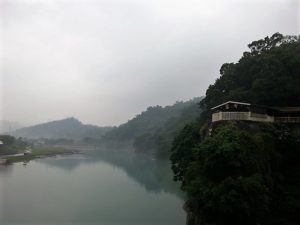
Tea arrives with its half dozen containers (for leaves, boiling water, cooling water, used tea and more), accompanying snacks, and mosquito repellent.
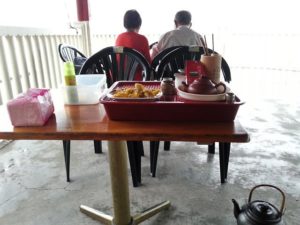
In a tiny plot twist, focusing on the background…
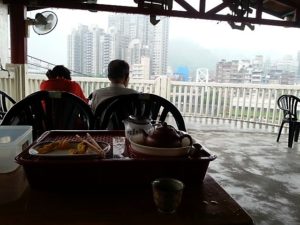
and the view across said hills:
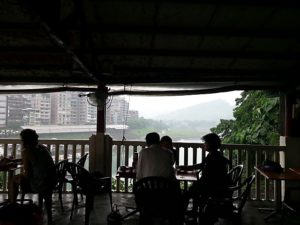
Everything’s inside “Bitan Scenic Area”, Taipei’s abrupt southern border; the fitting end to its unique urban continuum.
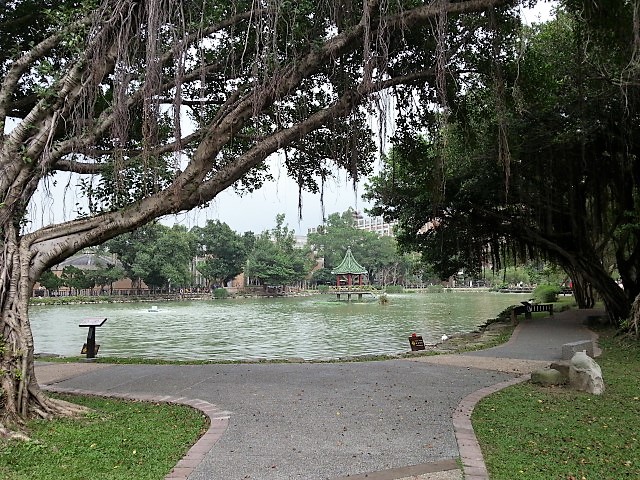
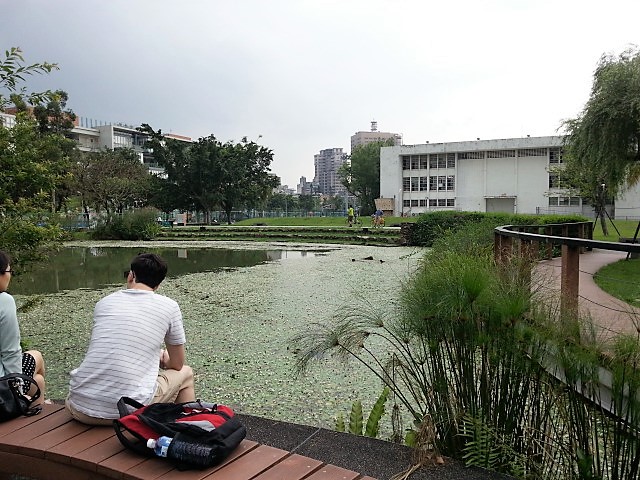
Drunken Moon Lake.
In the National Taiwan University campus.